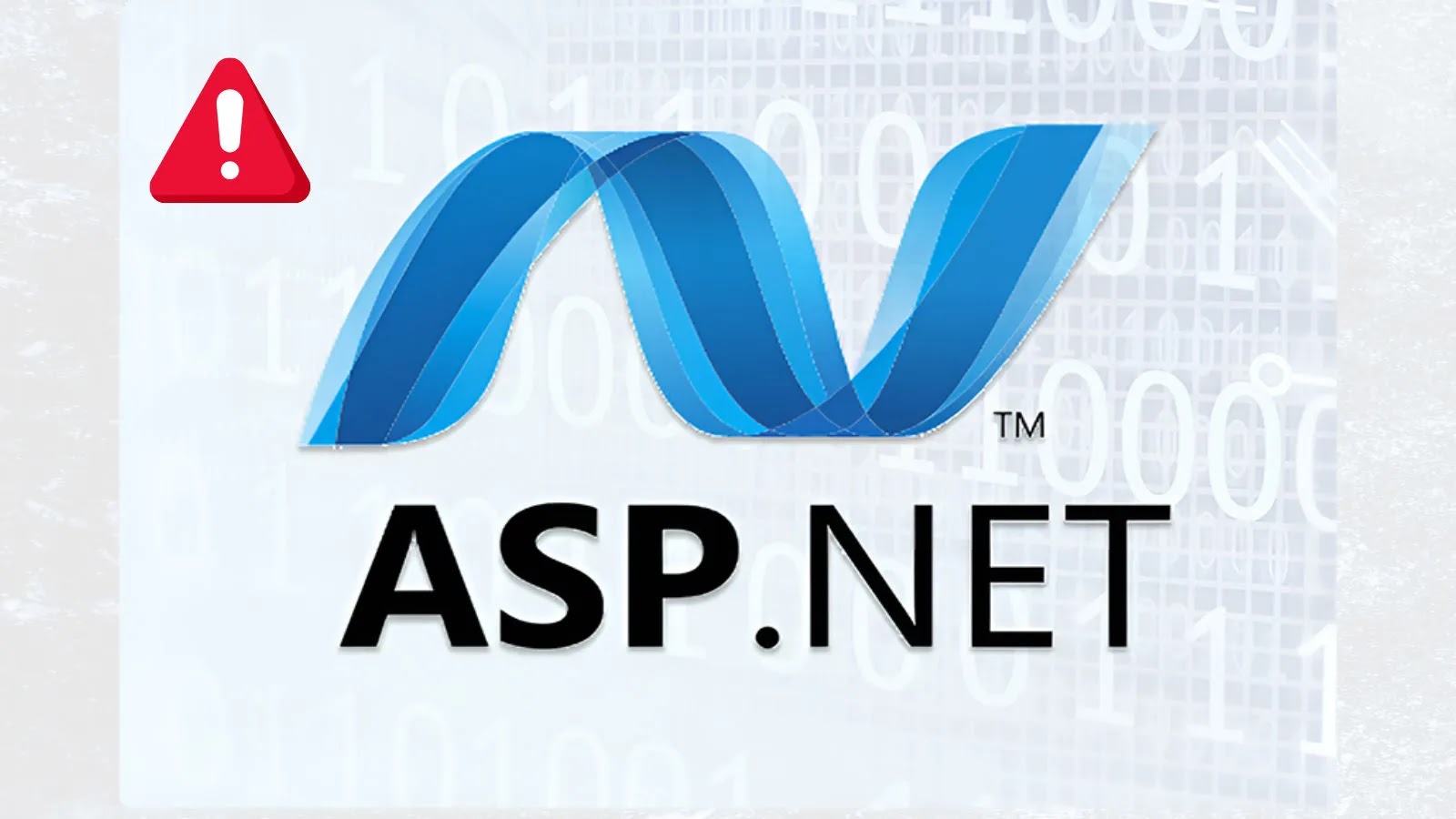Microsoft has recently identified a significant security flaw within ASP.NET Core, designated as CVE-2025-55315. This vulnerability allows authenticated attackers to perform HTTP request smuggling, effectively bypassing essential security mechanisms. The flaw arises from inconsistent handling of HTTP requests, a classic issue known as HTTP request/response smuggling. This vulnerability affects developers who rely on the ASP.NET Core framework to build secure web applications.
Technical Details:
CVE-2025-55315 has been assigned a CVSS v3.1 base score of 9.9, categorizing it as Critical. The vulnerability is rooted in the improper interpretation of HTTP requests by servers, classified under CWE-444. This misinterpretation allows attackers to inject malicious payloads into the system. An authenticated user with minimal privileges can exploit this flaw by sending specially crafted requests over the network, effectively circumventing front-end security controls such as web application firewalls.
Potential Impact:
Exploitation of this vulnerability can lead to severe consequences, including:
– Session Hijacking: Attackers can impersonate other users, gaining unauthorized access to sensitive information.
– Credential Theft: Malicious actors may steal login credentials, compromising user accounts.
– Unauthorized Data Modification: Attackers can alter server files or data without detection, leading to data integrity issues.
Microsoft’s analysis indicates that successful exploitation results in high confidentiality and integrity losses (C:H, I:H), with a low impact on availability (A:L), potentially causing server crashes. The scope of the attack extends beyond the vulnerable component, affecting unrelated resources under different security authorities.
Exploitation Risks in Real-World Scenarios:
The vulnerability is characterized by low complexity, requiring only low privileges and no user interaction, making it accessible via the network (AV:N, AC:L, PR:L, UI:N). Although no public exploits have been reported yet, Microsoft considers exploitation less likely but emphasizes the need for immediate attention.
In practical terms, consider a corporate intranet where an insider crafts a smuggling request to impersonate an administrator, thereby accessing sensitive payroll data or injecting malware. Similarly, in e-commerce platforms, smuggled requests could be used to siphon customer information during peak traffic periods.
Affected Versions:
The vulnerability impacts ASP.NET Core in .NET 8 and later versions, as well as older .NET 2.3 setups utilizing the Kestrel server. Microsoft has confirmed no evidence of active exploitation to date but underscores the importance of immediate remediation.
Mitigation Steps:
Developers and organizations should take the following actions to mitigate the risk:
1. For .NET 8 and Later Versions:
– Apply the latest Microsoft Update.
– Restart applications to ensure updates take effect.
2. For .NET 2.3 Setups:
– Update the `Microsoft.AspNetCore.Server.Kestrel.Core` package to version 2.3.6.
– Recompile and redeploy applications.
3. For Self-Contained Applications:
– Recompile applications after applying updates to ensure all components are secure.
4. General Recommendations:
– Audit HTTP parsing in custom middleware to identify and rectify inconsistencies.
– Enable strict request validation to prevent malicious payloads from being processed.
Broader Implications:
This vulnerability brings renewed attention to the risks associated with HTTP request smuggling, a technique previously exploited in attacks on cloud services. As remote work continues to expand organizational attack surfaces, it is imperative for organizations to prioritize patching and securing their web applications.
Microsoft advises organizations to:
– Scan for vulnerable deployments to identify at-risk systems.
– Monitor logs for anomalous requests that may indicate exploitation attempts.
Given that ASP.NET Core powers millions of web applications, unpatched systems are at significant risk of data breaches and compliance violations. Security teams should integrate this vulnerability into their management workflows, especially considering the framework’s critical role in enterprise technology stacks.
Conclusion:
The disclosure of CVE-2025-55315 underscores the importance of proactive security measures in web application development. Organizations must act swiftly to apply the necessary updates and implement recommended security practices to mitigate the risks associated with this critical vulnerability.



